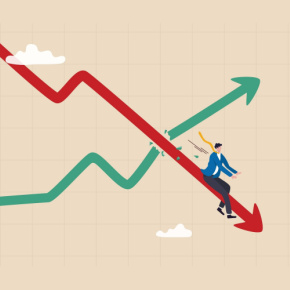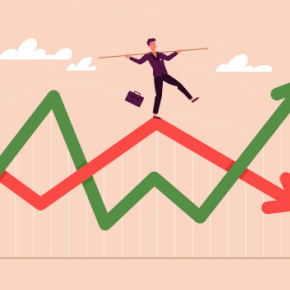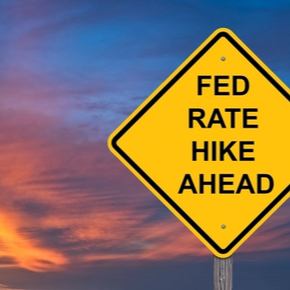Investor sentiment in commodity markets has reached a five-year low, presenting potential opportunities for contrarian investors. Potential opportunities and challenges exist in industrial metals, energy, precious metals and agricultural commodities.
WisdomTree
The need for validation of the recent rally is emphasized, questioning whether the UST 2-Year yield being significantly below the Fed Funds Rate is justified given current economic data
As the earnings season unfolds, these corporate outlooks offer real-world insights that often contrast sharply with the uncertainty emanating from the Federal Open Market Committee (FOMC)
The UST yield curve has been inverted, but there is speculation about when it will “un” invert and move out of negative territory. The potential for Fed rate cuts could impact the timing of the yield curve moving out of negative territory, with the UST 2-Year/10-Year spread potentially being the first to do so.
The U.S. economy has not entered a recession despite the inverted yield curve, which historically predicted recessions, and this may be due to the relatively solid labor market setting
The Fed’s decision-making is primarily driven by monthly inflation reports and labor market data, and renewed progress on inflation is necessary for the Fed to feel comfortable enough to begin the rate cutting process
The current spread levels in the U.S. credit market are not unusual, as there have been previous periods when corporates have traded at similar or even lower levels.
Fed policy has a heightened data dependency, leading to increased volatility in the bond market. Even though rate cuts remain the odds-on favorite for later this year, investors should heed the tenor of recent Fed-speak, which reinforced the notion of rates being higher for longer.
As the Federal Reserve prepares for its May 1 FOMC meeting, investors are focusing on the potential for rate cuts, but another aspect of Fed policy decision-making is flying under the radar - the balance sheet.
The commentary from Pepsi to Kraft-Heinz to Kimberly-Clark has shifted over the past 12 months from one of pricing to one of volume, driven by increasing advertising and marketing spend.










